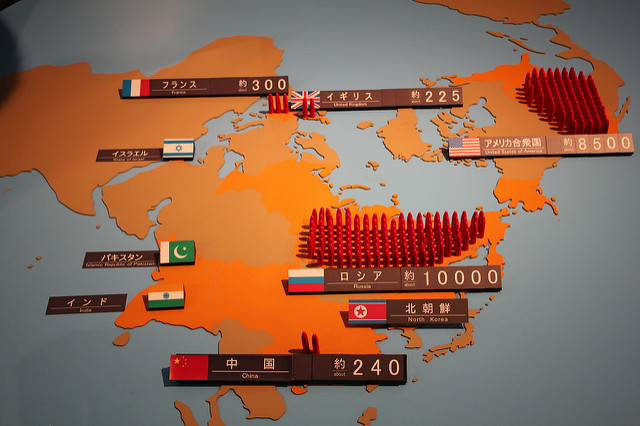
Sea State
There’s been plenty happening on the water this past week, with a number of incidents and training exercises taking place. On Friday, the Taiwanese navy mistakenly launched a supersonic missile in the direction of mainland China—hitting a Taiwanese fishing boat, killing the captain and injuring three crew members. Preliminary investigations have shown that operators failed to comply with normal operating procedures when the Chinchiang-class corvette fired the anti-ship missile during a drill near Kaohsiung base. The previous day, 30 June, a Russian warship performed ‘unprofessional’ maritime operations close to a USN guided-missile cruiser in the eastern Mediterranean Sea. According to a US Defense official, the Russian vessel came unnecessarily close to USS San Jacinto and manoeuvred in its wake.
The biennial Rim of the Pacific exercise also kicked off on 30 June, with 27 countries, 45 ships, five submarines and 25,000 personnel participating in the world’s largest international maritime exercise around Hawaii and southern California. Over five weeks, countries including the US and China will take part in a series of war games aimed at promoting international security and cooperation on the high seas.
As the Permanent Court of Arbitration’s (PCA) ruling on the Philippines v. China case draws near, China’s maritime safety administration announced on Sunday that it will hold military exercises in the South China Sea from 5–11 July. The drills—which will conclude the day before the PCA’s decision—will cover an area running east of China’s Hainan Island, its southernmost territory, down to and including the Paracel Islands, with the PRC prohibiting other ships from entering those waters for seven days.
Flight Path
Last week, the Mitchell Institute for Aerospace Studies published a new report by two USAF officials outlining how the F-35 Joint Strike Fighter (JSF) could be leveraged in present and future warfare. An article on Defense One interprets the report’s ‘scenario 2026’ as a conflict against China and breaks down how the JSF would be employed. Meanwhile, The Aviationist reported last week that seven F-35s achieved an 8:0 kill rate against the F-15Es during mock combat exercises in early June—a very different outcome from the reported inferiority of the F-35 against an F-16 in a simulated dogfight a year and a half ago. Meanwhile, Scout Warrior disclosed last week that one F-35 pilot backs the fighter jet against any aircraft in the world, including the Russian Sukhoi T-50 PAK FA and the Chinese Shenyang J-31.
In regional news, Reuters has reported that Japan will issue a tender for approximately 100 fighter jets as soon as mid-July, with the contract expected to be worth up to US$40 billion. Japan’s ageing fighter inventory and China’s increasing aggression have been cited as possible reasons for acquiring the new jets. Japan reportedly has three production options on the table for the F-3 fighter program: developing an all-new fighter indigenously, collaborating with a foreign partner for the new aircraft, or buying or upgrading an existing type.
Rapid Fire
After the recent recapture of Fallujah and the deaths of two major Daesh operatives in Mosul, the military intervention against Daesh forces is set to be bolstered, with Britain sending an additional 250 troops to Iraq to assist local forces. This will include 50 soldiers to train local troops, a squadron of engineers and air base guards. The commitment comes days before the release of the Chilcot Inquiry into Britain’s involvement in the Iraq War. Beginning in 2009 and costing more than £10 million, the inquiry has heard from over 150 witnesses and is set to publish more than 1,500 documents, including memos from then PM Tony Blair. The inquiry’s 2.6 million-word report (four times bigger than War and Peace) will be released tomorrow in 12 volumes. Watch this space.
According to the Stockholm International Peace Research Institute, Pakistan now has more nuclear warheads than its India. SIPRI’s recently released annual nuclear forces data says that Pakistan possesses 110–130 nuclear warheads while India has 100–120. The report also suggests that as of January 2016, North Korea has 10 nuclear warheads. The Washington-based Institute for Science and International Security has revised its own estimates, suggesting that North Korea currently has 13–21 nuclear weapons—between four and six more than in late-2014.
Finally, for the history buffs, The Atlantic has released ‘A Brief History of the Assault Rifle’—suggesting there’s a good chance that Hitler coined the name ‘assault rifle’ (Strumgewehr auf deutsch).

